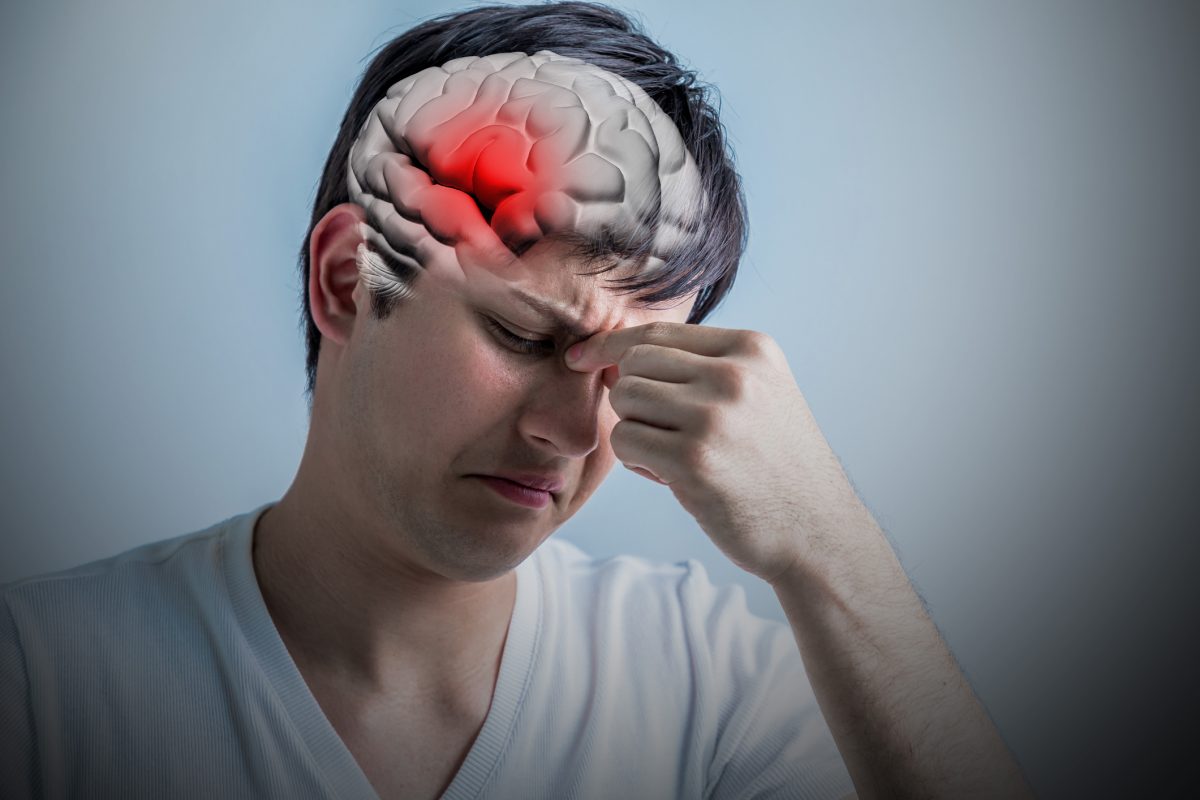A stroke can seem to strike from nowhere. But in truth the risk of having one doubles every 10 years after age 55.
Of course, some things can take that risk even higher, like a diet high in saturated fats, not getting enough exercise, drinking alcohol and smoking. All of these could be lumped together as unhealthy lifestyle habits.
But all of us know someone seemingly hit by a stroke completely out of left field. Or was it?
As time goes on, science is revealing more about things we assume are totally inconsequential, but have a surprising impact on stroke risk.
This will have you watching what you put in your cup much more closely…
Soda and fruit drinks strongly linked with increased stroke risk
An analysis of findings from the INTERSTROKE project shows that frequent consumption of fizzy drinks and fruit drinks, and too much coffee are associated with an increased risk of stroke.
INTERSTROKE is one of the largest international studies of risk factors for stroke, involving almost 27,000 people in 27 countries, including almost 13,500 people who have already experienced their first stroke.
An international group of scientists looked at the consumption of these drinks as it relates to stroke risk. Here are their main findings:
- Fizzy drinks (think soda), including both sugar-sweetened and artificially sweetened options, were linked with a 22 percent increased chance of stroke. After two or more of these drinks a day, that risk increases even more sharply.
- Fruit juice drinks were linked with a 37% increase in the chance of stroke due to brain bleeding (intracranial hemorrhage). With two of these drinks a day, the risk triples. This risk was greater for women than for men.
Too much coffee also increases risk
As far as coffee consumption, their findings showed that drinking more than four cups of coffee a day increased the chance of stroke by 37 percent, although there was no risk associated with lower intakes of coffee.
Drinking tea was found to have the opposite effect. It was associated with decreasing stroke risk by 18 to 20 percent.
And the results were even more specific in terms of which tea you drink, and what you put in it:
- Drinking 3-4 cups of black tea per day (think Breakfast or Earl Grey teas) was linked to a 29 percent lower stroke risk.
- Green or herbal teas were found to be almost as effective, reducing stroke risk by 27 percent.
- Adding milk may reduce or block the beneficial effects of antioxidants found in tea. In fact, the reduced chance of stroke from drinking tea was lost for those who added milk.
How to recognize a stroke
One of the risk factors for stroke is older age. But in recent years, strokes in people under 65 have increased by 15 percent. And I don’t think it’s any coincidence that the fastest growing group with type 2 diabetes are those aged 45 to 64.
The connection could be that when insulin doesn’t function properly blood sugar levels rise, damaging blood vessels, making them stiff and ripe to form blood clots.
But turning to foods and especially drinks sweetened with sugar alternatives is not the answer. Those sweeteners, like xylitol and erythritol, appear to promote blood clot formation.
It’s a safe bet to reach for water and the safer options, modest amounts of coffee and tea, as pointed out in the INTERSTROKE study.
Remember, when a stroke strikes, minutes really do count. Every minute could spell the difference between recovery and permanent disablement, or death.
To remember the signs of a stroke with the acronym B.E.F.A.S.T.:
B – balance – trouble with balance or coordination
E – eyes – sudden blurred, double, or lost vision in one or both eyes
F – face – one side of the face is drooping
A – arms – weakness in one arm, which drifts down when both arms are raised
S – speech – slurred or hard-to-understand speech, or the inability to speak at all
T – time to get help – if you notice any of these symptoms, call 911 immediately
Sources:
Frequent fizzy or fruit drinks and high coffee consumption linked to higher stroke risk – Eureka Alert
Carbonated Beverage, Fruit Drink, and Water Consumption and Risk of Acute Stroke: the INTERSTROKE Case-Control Study – Journal of Stroke
B.E. F.A.S.T. to Spot a Stroke – universityhealth.com
Read full article here




